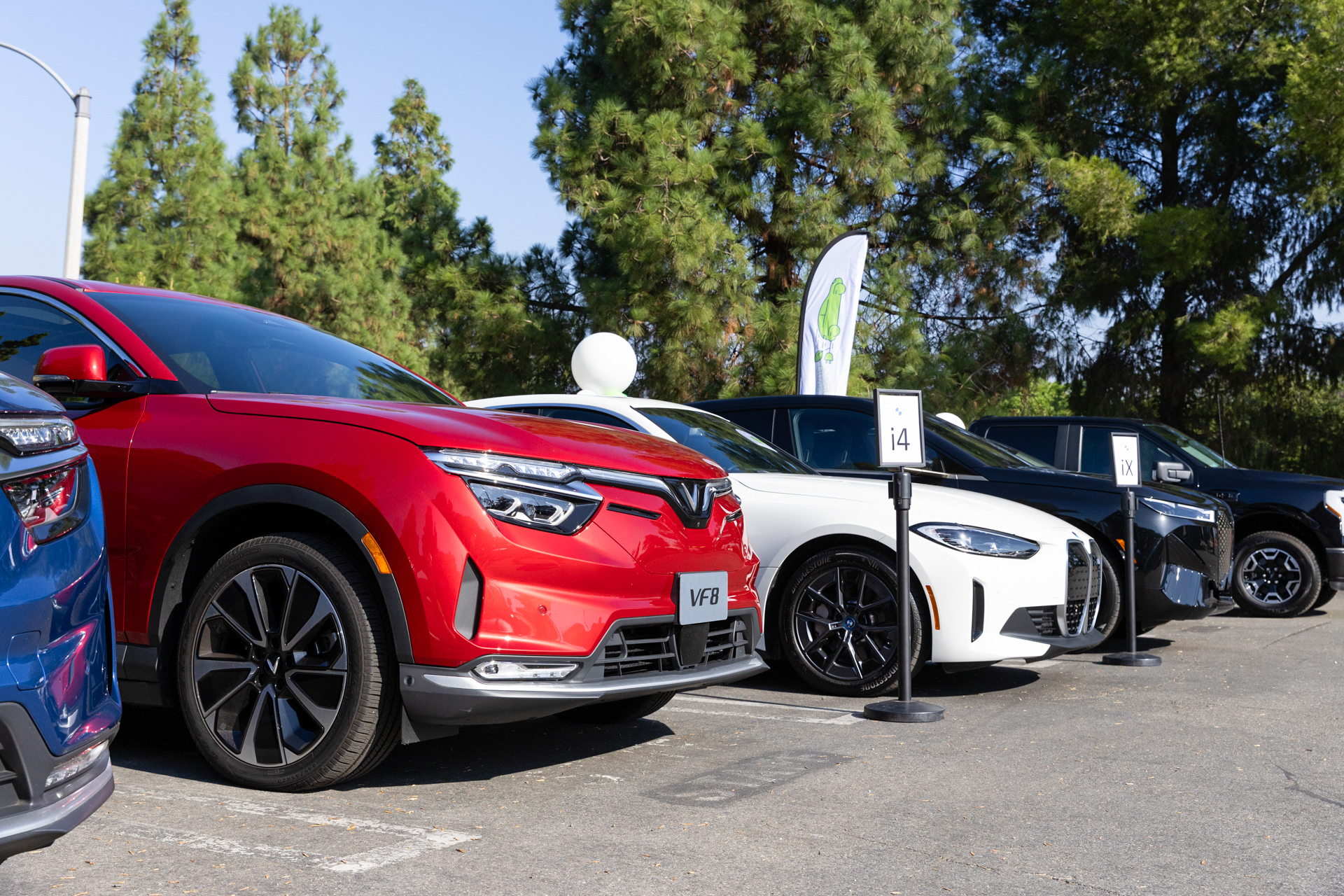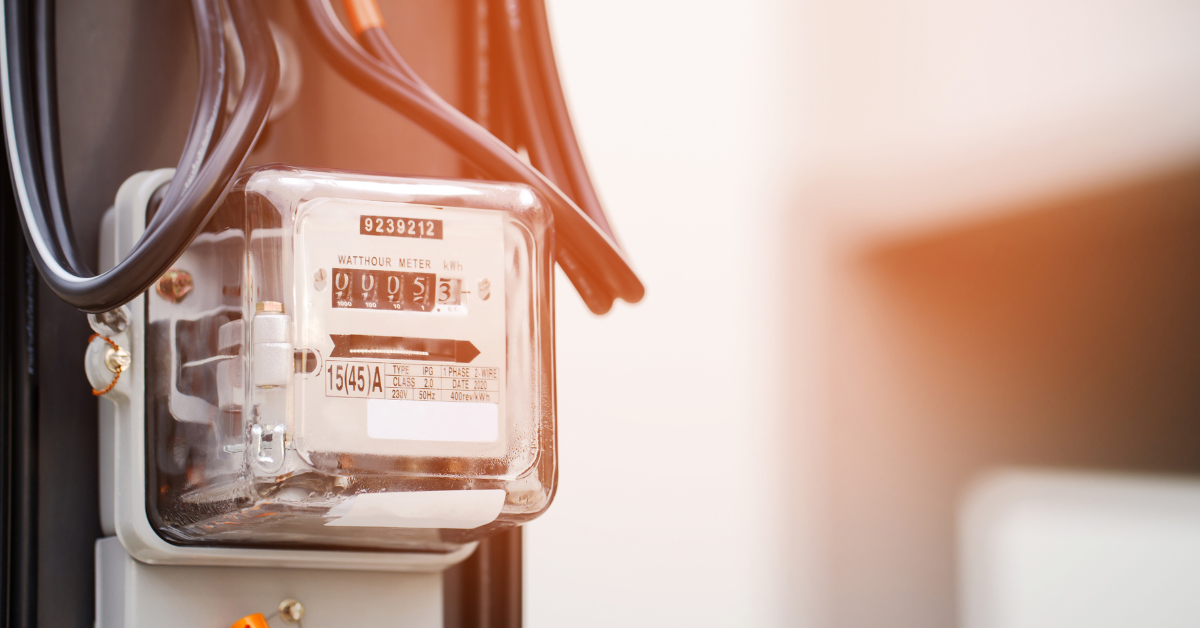Beginning Jan. 1, 2024, the New Clean Vehicle Tax Credit (30D) and Used Clean Vehicle Tax Credit (25E) will be available at the time of sale from your local dealer because the tax credit can be transferred to the dealer.
What does this mean? It means that when you purchase an eligible electric vehicle (EV) or plug-in hybrid electric vehicle (PHEV) and if you meet the income requirements, you get the FULL amount of the tax credit up front. So depending on the vehicle, you could get $3,750, $4,000 or $7,500 off of the purchase price. This money can even be used as a down payment on the vehicle.
This is great news, especially if you aren’t flush with cash and want to experience the benefits of driving electric (lower fuel costs, less maintenance, and fewer repairs). One of the best things about this is that since the tax credit will be transferred to the dealer, you don’t need to have tax liability. This is incredibly important because historically, many tax credits haven’t been accessible to lower-wealth individuals and households because lower earnings mean lower tax liability.
Here are some other important things to know:
- You are STILL responsible for making sure that you meet the income limits.
For New Vehicles:
| For Used Vehicles:
|
- If you don’t pay much in taxes, no problem. You can still get the full amount of the tax credit if you transfer your tax credit to the dealer.
- You still have to file your tax return, and file Form 8936 and include the Vehicle Identification Number (VIN) on the form. The dealer will give you the necessary paperwork at the time of sale.
- You have to buy the vehicle from a qualified dealer. The IRS is putting together a process for dealers to become qualified and will have that process in place by the time this guidance takes effect (Jan. 1, 2024).
- You do not need to transfer your tax credit to the dealer. If you really want to wait 10 months for that tax credit to redeem it on your taxes, knock yourself out.
- Each taxpayer can transfer two tax credits per year. This can be two new clean vehicle tax credits, OR one new clean vehicle tax credit and one used clean vehicle tax credit. In the case of those filing joint returns, each person may transfer two tax credits per year as described in the last sentence. So, a household filing jointly can transfer up to four clean vehicle tax credits each year. That’s a lot of EVs!
- The transferable tax credit applies if you buy a vehicle from a direct-to-consumer manufacturer such as Tesla, Rivian, or Lucid. The definition of “dealer” in the statute is just that they are licensed in a state or territory to sell vehicles. The new guidance goes further to state, “To allow for flexibility, especially in the case of direct-to-consumer sales, the proposed definition of dealer includes a dealer licensed in any jurisdiction described in section 30D(g) (other than one exclusively licensed in a U.S. territory) that makes sales in jurisdictions in which it may not be licensed.” If you meet the buyer income limits and the vehicle meets the tax credit requirements, you can purchase from a direct-sales EV manufacturer (online, if necessary) and receive the tax credit upfront.
Should I wait until 2024 to buy an EV?
It depends. While being able to transfer the tax credit will make it much easier to use and will make the tax credit available to lower-income drivers, there are other factors to consider.
One of the other provisions of the new clean vehicle tax credit is that starting the same day the tax credit becomes transferable, vehicles with battery components manufactured or assembled by a foreign entity of concern are not eligible for the tax credit. Several automakers have indicated that this rule may make their EVs ineligible for the new clean vehicle tax credit in 2024.
If you are looking to buy a used EV and don’t pay enough in taxes to cover the full $4,000 tax credit, you may get more money in 2024. Plus, you won’t have to finance as much of the cost of the car, which will reduce your monthly payments.
Overall, if you are looking to buy a new clean vehicle, buy now and file for the tax credit next year. If you don’t have much tax liability and are looking to buy a used clean vehicle, it may make sense to wait until January.
For more details, please refer to our 2024 Federal Tax Credit page.


